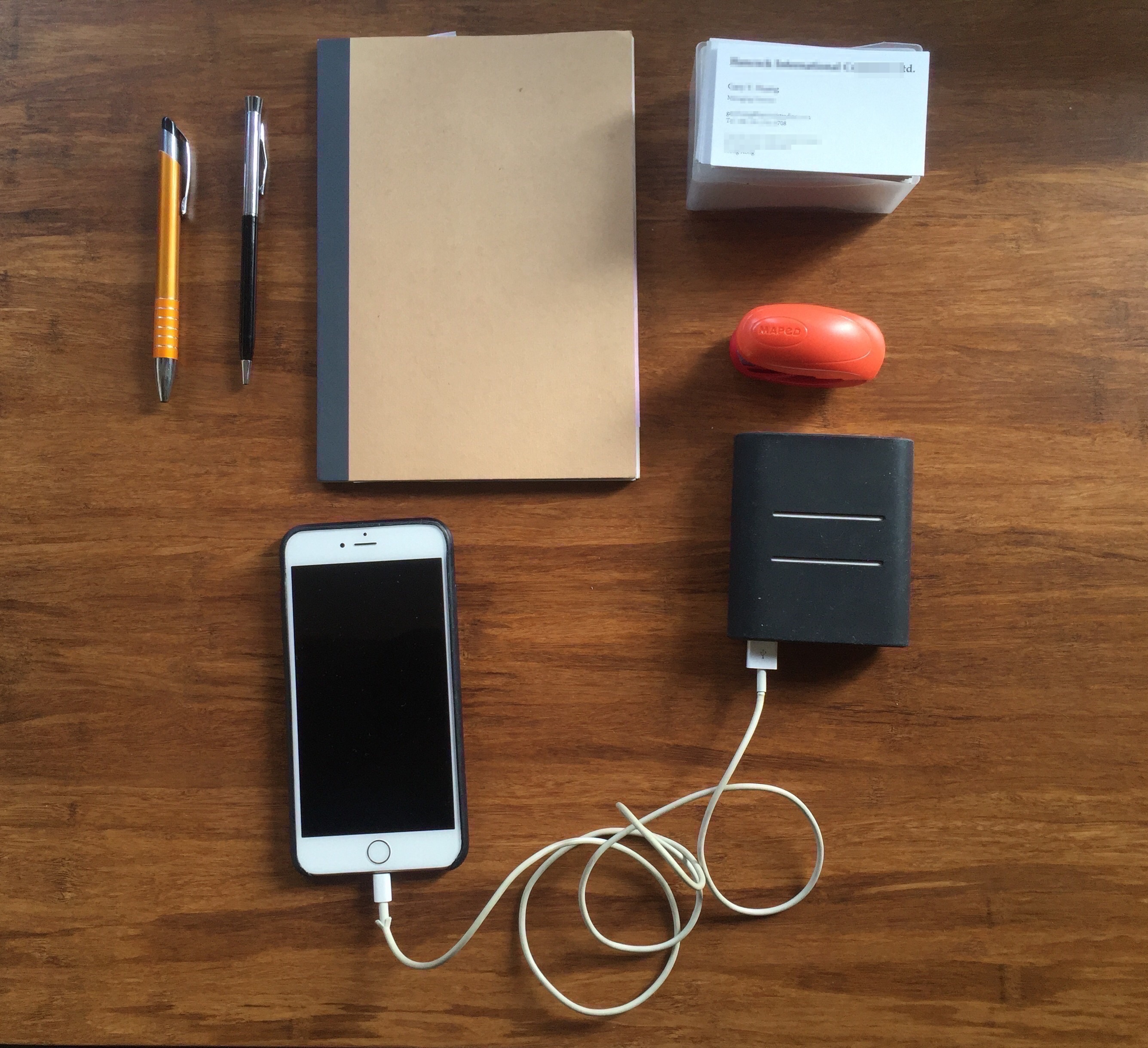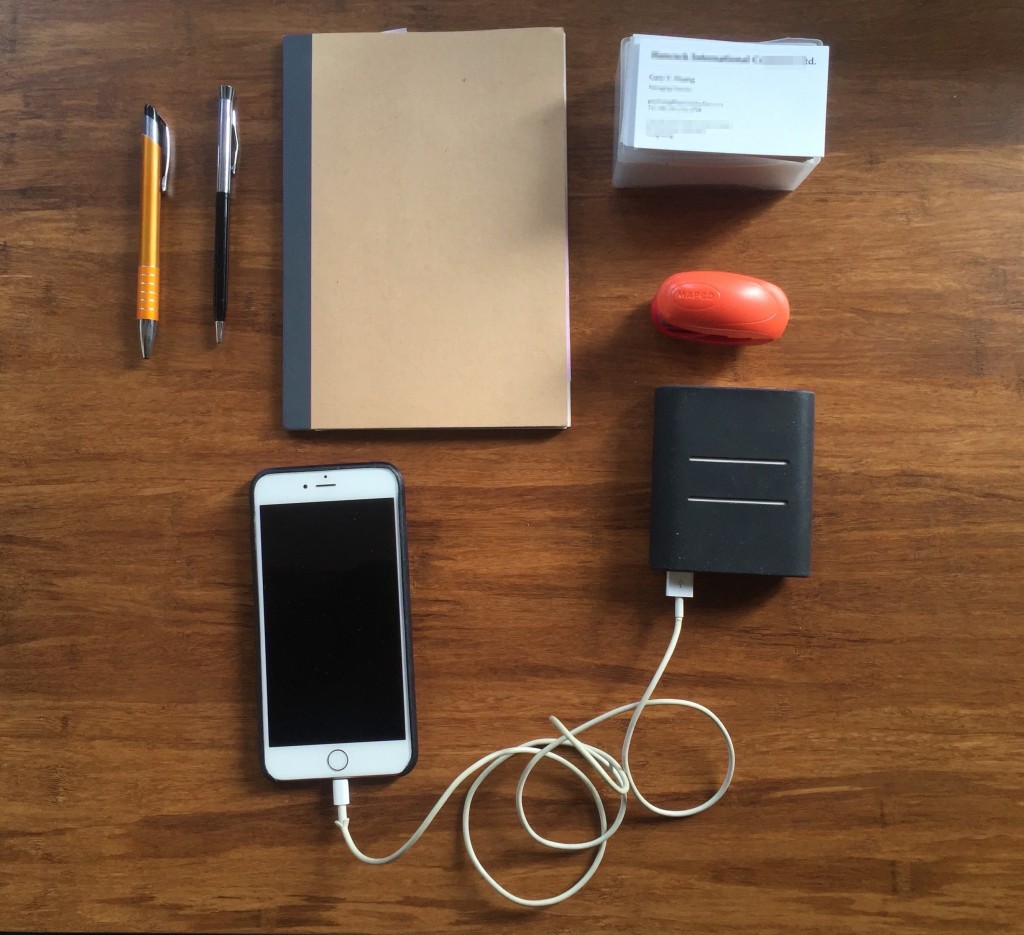Every year as the seasons change as we enter spring and fall – do you know what that means? Besides better weather, it’s trade show season! Just as there’s “more than one way to skin a cat” there’s more than one way to find a Chinese supplier. Besides using sites such as Alibaba, did you know trade shows can be a great way to:
- Quickly identify qualified suppliers (and weed out the bad ones)
- Meet them face-to-face to build trust
- Get your hands on samples immediately
- Find new products and trends
Imagine all the time you save speaking with someone in person rather than emailing back forth every night to get a sample delivered to you. I wrote an article earlier which outlines the benefits of attending trade fairs so I won’t get detail here why you should go. But before you hop on a plane to China, do yourself a favor and take 20 minutes to prepare to save time and headaches so you can maximize your trip.
- Pre-register online and print out confirmation code – This way at the fair, you will skip the long registration lines like an VIP.
- Research the exhibitor list and highlist the ones who are related to your products.
- Get a head start by CONTACTING SUPPLIERS BEFORE YOU GO. This way you won’t be as overwhelmed when you get there. Another benefit is that you will get a headstart on the other buyers at the fair because suppliers already know who you are so you can work on warm leads.
- Review fairgrounds map to plan your attack
- Best practice: If visiting Mainland China (e.g. Canton Fair), signup for a VPN before leaving your home country! Anything Google-related (such as search, Gmail, Maps, translator, etc) will be a pain in the butt to access from China. Forget about Facebook, Instagram, Twitter, Youtube, and certain news sites such as New York Times. Things change but they are blocked completely as of now. Certain 5-star hotels may have enable their own VPNs, but I wouldn’t hold my breath. Here are the VPNs that I use.
Here’s the system I use which is a hybrid of old school note-taking and high-tech smartphone tactics. If I meet a supplier that I’m interested in, first I staple their card into my notebook. Then I take notes on the page about their product, export markets, reference pricing, who I spoke to, and next steps. Also I write down their booth number in case I want to return later (very easy to get lost!). Finally before I leave I take a picture of their card in front of the booth and products to remind myself later if I do decide whether to follow up afterwards. Sometimes I take a selfie with the salesperson I spoke with so we remember who’s who.
- Business cards – Bring more than you think you’ll need. At least 200
- Notebook
- Smartphone – Take pictures of the booth, products, and people.
- Pens – cheap ones that you can leave behind
- USB Charger and charging cable for your smartphone – this is a lifesaver
- Wheeled luggage for catalogs and samples – save your back, they get heavy!
- Comfortable shoes – Dressed to walk but look professional
- Experience – Highlight your strengths just like as you would your resume to make them interested. Which market do you sell in? Have you imported from China before? How long have you been in business? Suppliers would much rather work with experienced buyers so don’t be the rookie who doesn’t know an FOB from a T/T.
- Products – What type of products do you sell now and what are you looking to buy?
- Best practice – a picture is worth a thousand words – save pictures on your smartphone and show them to the suppliers. This will cut down on a lot of misunderstandings. Better yet, have an RFQ ready that you can email them after you meet. This will put you in front of other buyers less prepared.
- Ability to buy – Suppliers like it when you share a purchasing plan and not just try to negotiate down minimum order quantities (MOQ) to start. For example “We plan to purchase 200,000 units per year if the quality and pricing are acceptable. We will start with a trial order of 500 to 1,000 units after evaluating samples.” This is much more of a turn on than dealing with someone who can’t even meet the minimum order quantity MOQ. Of course this can be negotiated but MOQs are designed to filter out less qualified buyers.
- Call to Action – You want to know more about them so start asking questions. Are they a manufacturer or trading company? Where do they export to? Do they have XYZ certification needed for your market? What’s their reference pricing for 10,000pcs?
Finally as a bonus think of value you can bring them!
- Value – What’s in it for them? Listen to what they say and find a need you can fill. For example which markets do they export to? Maybe they would love to get into your market. One supplier I met recently at a trade fair tells me they have competitors who sell to the US and on Amazon. They are not there yet and they would love to get in which I can help them do. So they are willing to offer me better pricing. Think about their needs, fill them, and bam – you’re in! It’s not an essential but it adds to their impression of you if you can offer them value beyond just the order.
The 3 S’s of communicating with Chinese suppliers: Finally keep in mind that for Chinese suppliers, English is their second language. Imagine if you had to speak to them in Mandarin Chinese! It’s not easy so it will require a different set of vocabulary than talking to your friends or colleagues. I like to think of it as explaining your business to your grandmother: simple language, slowly, and with a smile.
- Simple: Simplify your language. Remember you’re talking to grandma. No slang.
- Slowly: You’re nervous. Or excited. But don’t rush. Speak clearly and slowly.
- Smile: Body language is universal and a smile builds rapport and makes them more open to you.
In summary remember the 80/20 rule:
- Before the trade fair frontload the work online first to save time
- Use your everyday carry to streamline your visit
- Practice your “EPAV” 30 second elevator pitch with the 3S’s in mind to make suppliers want to do business with you
With these tips and practice you’ll find the right suppliers at trade fairs to get better product and pricing than your competitors who are only searching online. Now tell me what’s your biggest challenge when attending trade fairs? Please feel free to share your stories and comment below.
Want more? Signup for my newsletter to get the best sourcing tactics delivered to your inbox for free!


Excellent post Gary! I’m planning to attend Canton this year and the timing is perfect. How do you gauge their ability to customize or willingness to do so?